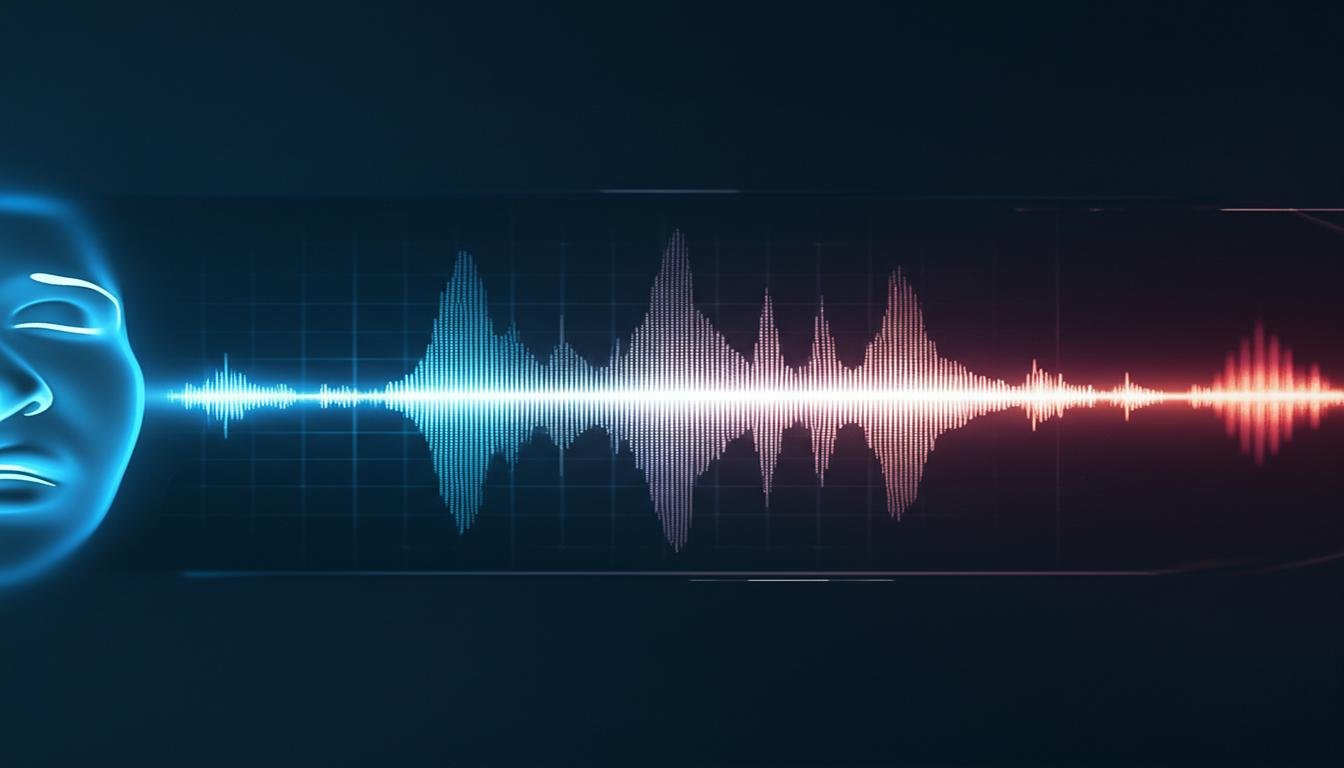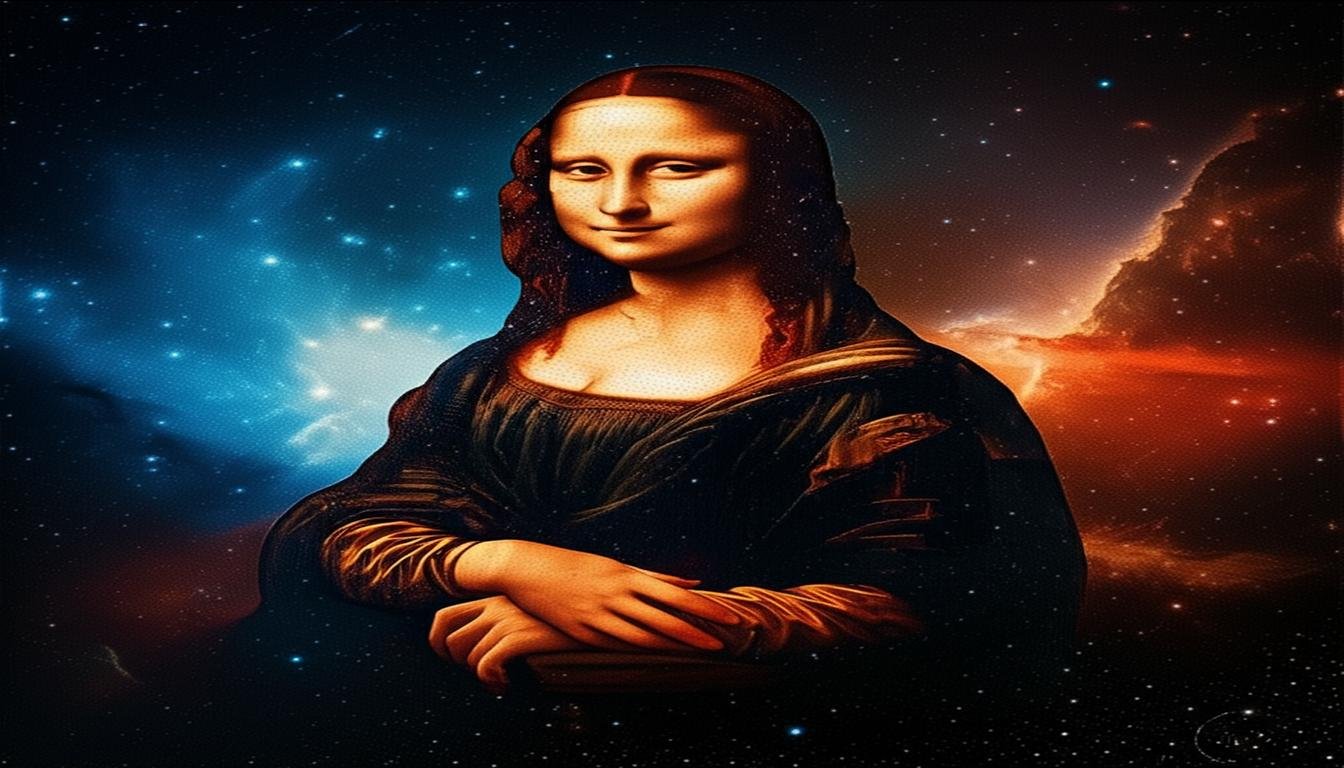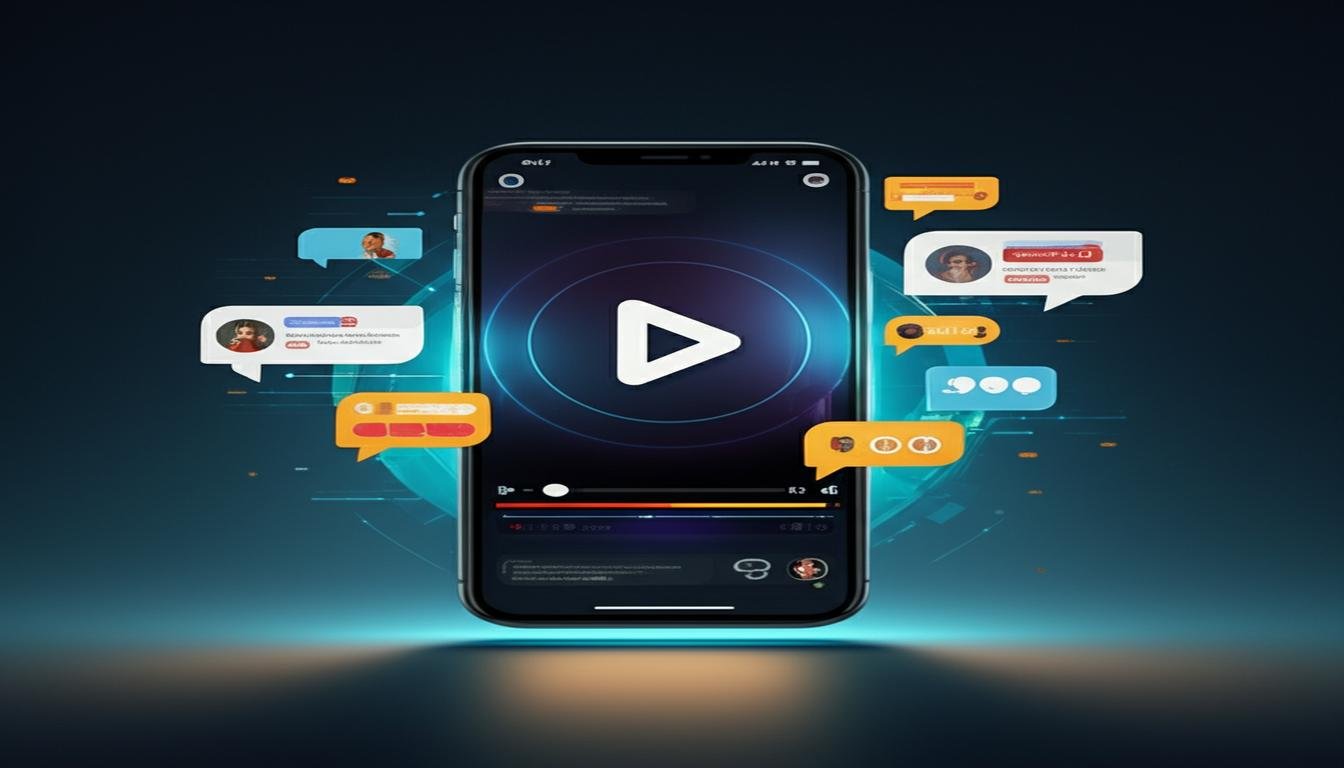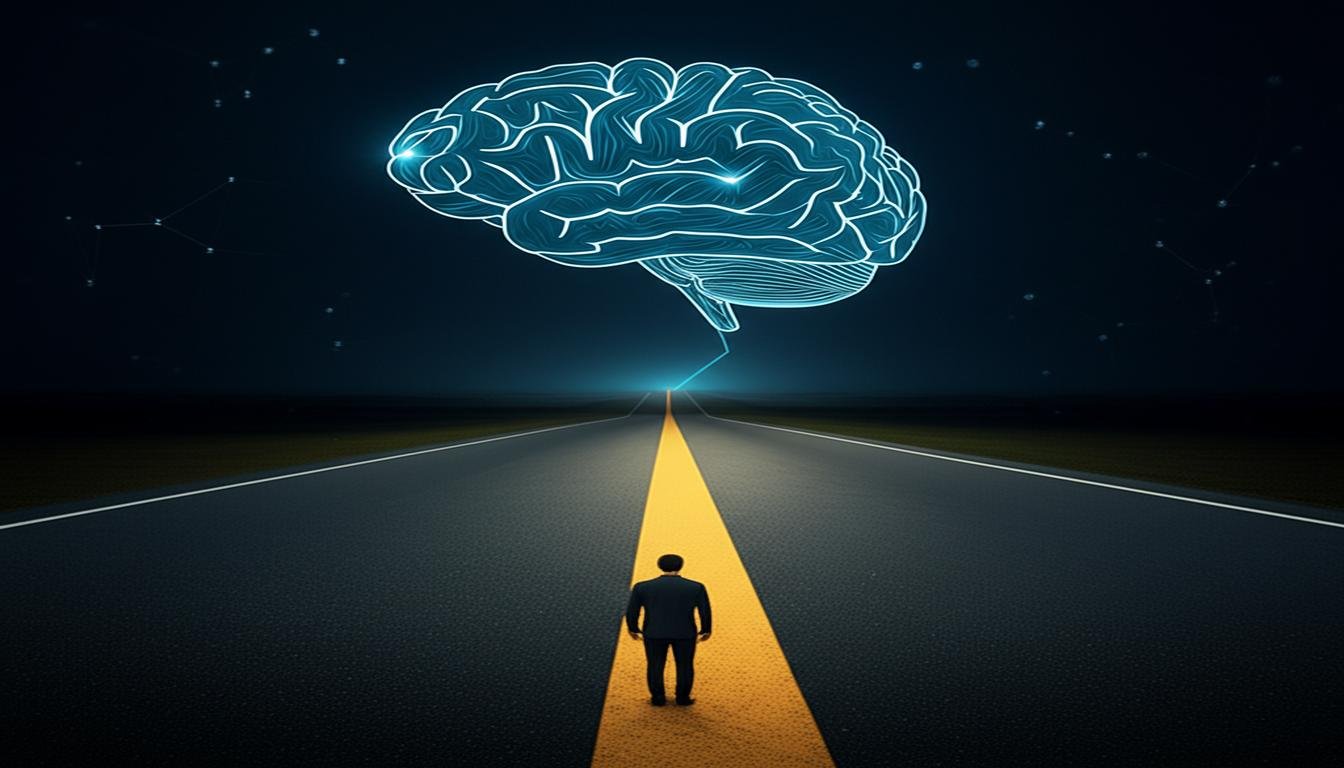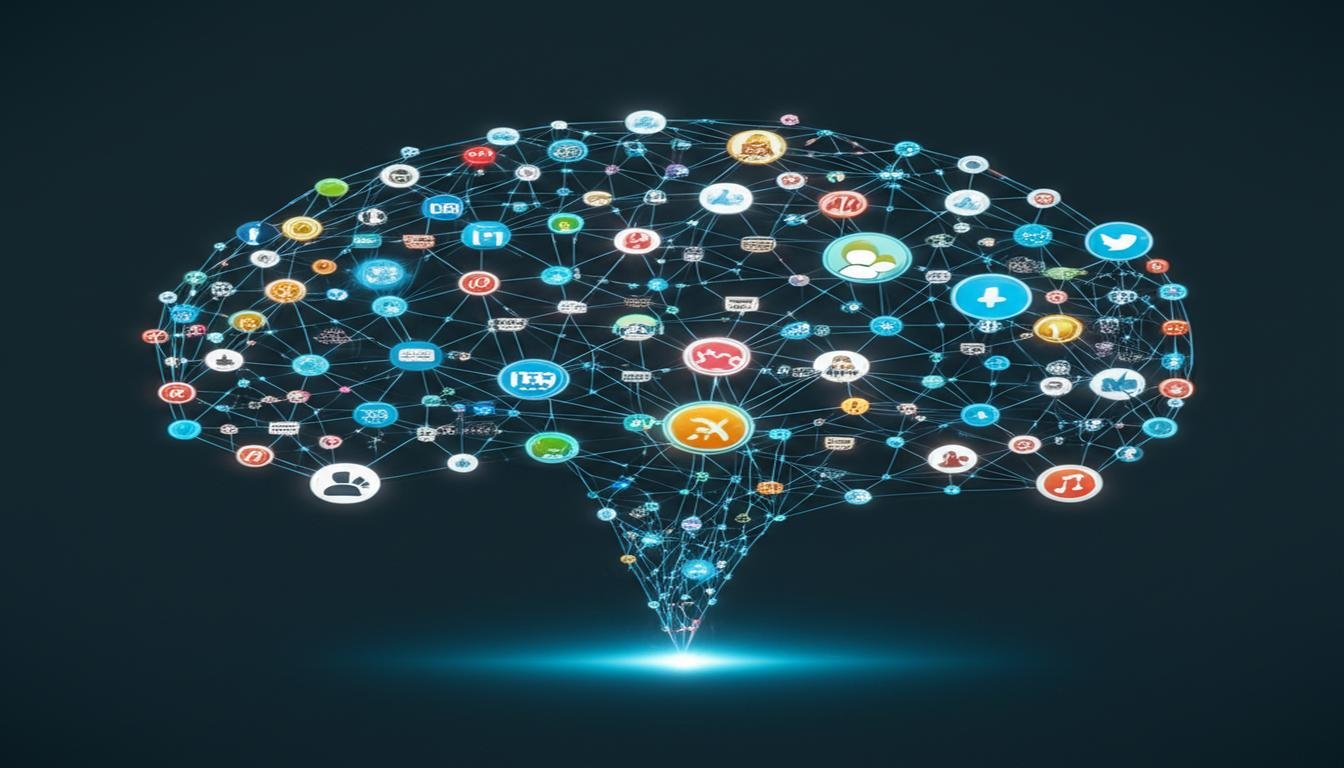Ever snap a selfie and wish you could step right out of the screen? Or maybe you’ve daydreamed about seeing your face in a video game, looking absolutely real? Well, stop dreaming. There’s incredible AI technology out there right now that can take your flat 2D selfie and transform it into a stunningly detailed, hyper-realistic 3D model. It’s not science fiction; it’s happening, and it’s pretty wild.
Imagine holding up your phone, taking a quick pic, and then, in moments, seeing a perfect digital twin of yourself, ready to be animated, styled, or dropped into a virtual world. This isn’t just about creating a static model; we’re talking about capturing the nuances of your features – the curve of your nose, the specific shape of your jawline, even the texture of your skin – and bringing them to life in three dimensions. Let’s dive into how this mind-blowing AI magic works and what it means for our digital future.
The Magic Behind the Screen: How Does AI Build a 3D You?
So, how exactly does a smart computer program look at a flat image and understand all the depth and curves of your face? It’s a fascinating blend of advanced computer vision and machine learning. Think of it like this:
First off, the AI isn’t just seeing a picture; it’s trained on millions of images and 3D models of human faces. This huge dataset teaches it what a human face looks like from every angle, how light plays on skin, and what typical facial structures are. When you feed it your selfie, the AI essentially:
- Analyzes Key Features: It identifies your eyes, nose, mouth, and other landmarks.
- Infers Depth and Shape: Using its vast knowledge, it estimates the contours and depth that aren’t visible in a 2D photo. It basically “fills in” the missing information to create a plausible 3D shape, a process called 3D reconstruction.
- Generates Geometry: This is where the AI builds the actual mesh – the wireframe structure of your face in 3D.
- Applies Texture and Detail: Finally, it takes the colors and details from your original selfie and “wraps” them onto the 3D mesh, creating a photorealistic appearance. It’s not just a flat image stretched over a shape; the AI can even infer things like skin texture and subtle shadows.
The result? A digital avatar that looks uncannily like you, ready for a whole new world of applications.
Beyond a Cool Trick: Real-World Uses of AI 3D Models
Turning a selfie into a detailed 3D avatar isn’t just a party trick; it has some serious potential across various industries. Here are just a few exciting ways we’re seeing these hyper-realistic 3D models being used:
- Custom Gaming Avatars: Imagine your character in an RPG or a social game actually looking like you. This technology makes personalized gaming experiences incredibly immersive.
- Virtual Try-Ons: Ever wonder how a new pair of glasses or a hat would look on your head without going to the store? AI-generated 3D models can power virtual try-on experiences for fashion and accessories.
- Digital Fashion and Design: Designers can see how their creations look on a variety of realistic body and face types without needing physical models, speeding up the design process.
- Movie Production & VFX: Creating digital doubles for actors or populating virtual crowds becomes faster and more cost-effective.
- Augmented Reality (AR) Experiences: Your digital twin could interact with the real world through AR apps, like trying on different hairstyles or makeup virtually.
- Personalized Training & Simulation: For things like medical training or public speaking practice, having a realistic digital representation of yourself or others can be invaluable.
The ability for AI to turn a simple photo into a complex, lifelike 3D object opens doors we’re only just beginning to explore.
Is It Perfect? The Road Ahead
While this technology is incredibly impressive, it’s still evolving. Sometimes, subtle details might not be perfectly replicated, or the lighting in the original photo might cause slight distortions. There are also important ethical considerations to keep in mind, like privacy and the potential misuse of hyper-realistic digital representations.
However, the speed at which these AI systems are improving is staggering. What might seem like a small glitch today could be perfectly refined tomorrow. The future of AI in 3D modeling promises even more accuracy, speed, and versatility.
Ready to See Your Digital Twin?
The idea that a simple selfie can become a foundational piece for a hyper-realistic 3D model is nothing short of revolutionary. It blurs the lines between our physical selves and our digital identities, offering new ways to interact, create, and experience the world around us. These AI tools are making advanced 3D modeling accessible to everyone, not just expert designers.
The next time you’re about to snap a selfie, think about the incredible potential hidden in that single image. With AI, it’s not just a memory; it could be the blueprint for your next digital adventure. Keep an eye out for these exciting AI tools – you might just find yourself staring at your incredibly lifelike digital doppelgänger sooner than you think!



